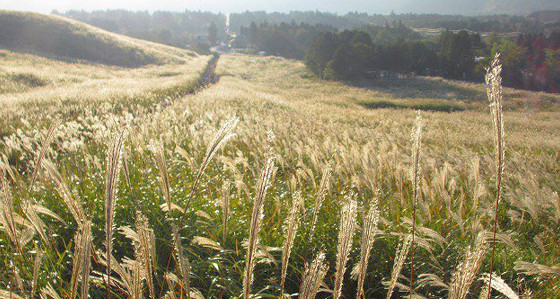Before the Move
Before the move: A local's guide to the Tsukiji Fish market (YouTube link)
Before the move: TOP 10 Street Food at Tsukiji Fish Market (YouTube link)
After the Move
What NEW Tokyo Tsukiji Fish Market is like AFTER Toyosu MOVE (YouTube link)
The (銀座) ⭐is one of the most visited areas in Tokyo. It is Tokyo's most famous upmarket shopping, dining and entertainment district, featuring numerous department stores, boutiques, art galleries, restaurants, night clubs and cafes.
Places to Visit
- Tsukiji Fish Market
- Known as one of the world's largest fish markets
- すしざんまい 本店 (see below) is located here
- On 10/11/2018, the Jonai side of Tsukiji has been moved to Toyosu new location.
- Imperial Palace East Gardens Ninomaru
- Hours:
- 9:00 to 16:30 (until 17:00 from mid April through August; until 16:00 from November through February). Admission ends 30 minutes before closing.
- Closed:
- Mondays, Fridays, New Year (Dec 28 to Jan 3) and some special occasions. If Monday or Friday is a national holiday, the gardens are closed on the following day instead.
- Ginza Shopping
- Ginza Six
- District's largest shopping complex
- Shops: 10:30 to 20:30 (Restaurants: typically11:00 to 23:30)
- Ginza Mitsukoshi
- Shops: 10:30 to 20:00 (Restaurants: typically 11:00 to 23:00)
- Marronnier Gate
- Shops: 11:00 to 21:00 (restaurants until 23:00)
- HITSUMABUSHI NAGOYA BINCHO (see below) is located in Ginza 1
- Itoya
- Claimed to be Japan's best stationery shop
- Daily 10:00 to 20:00 (until 19:00 on Sundays and holidays)
- Ginza Wako
- Inside the building, jewelry and luxury items are sold
- Shops: 10:30 to 19:00
- Uniqlo Ginza Store
- Clothing retailer producing a collection of casual wear & accessories for men, women & children.
- Winter Illumination
Restaurants
Two restaurants are recommended below. But you can find more restaurants using Tabelog web site which has an English version.
- Categories: Eeel Rice or Hitsumabushi 【 櫃まぶし 】
- Location: Marronnier Gate (マロニエゲート銀座1)
- Hours:
- Lunch 11: 00-15: 30 (LO 15: 00)
- Dinner 17: 00-23: 00 (Monday - Thursday, Sunday and holidays LO 21: 30) (Friday, Saturday, Public Holiday LO 22: 00)
- Notes
- Eel dish will be provided until sold out
- Categories: Sushi, Seafood, Seafood rice bowl
- Location: Tsukiji Market
- Hours
- Open 24 hours a day and 365 days a year





































